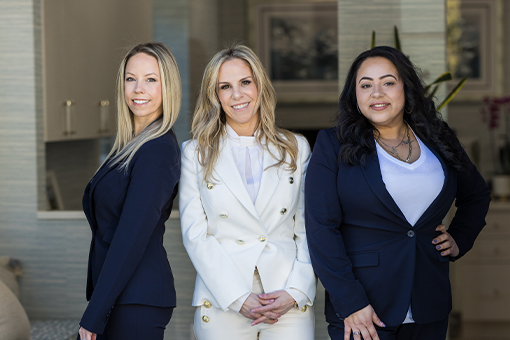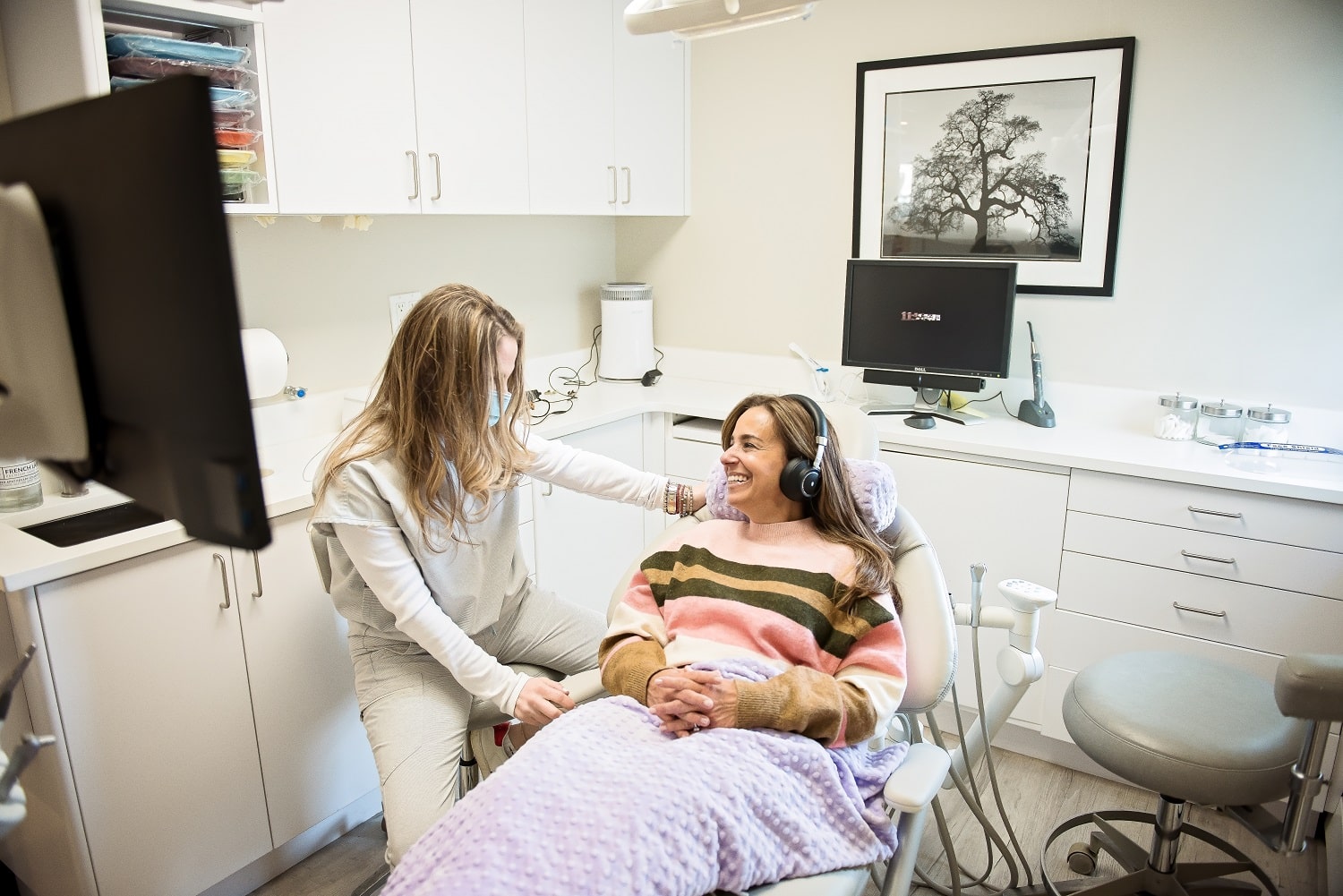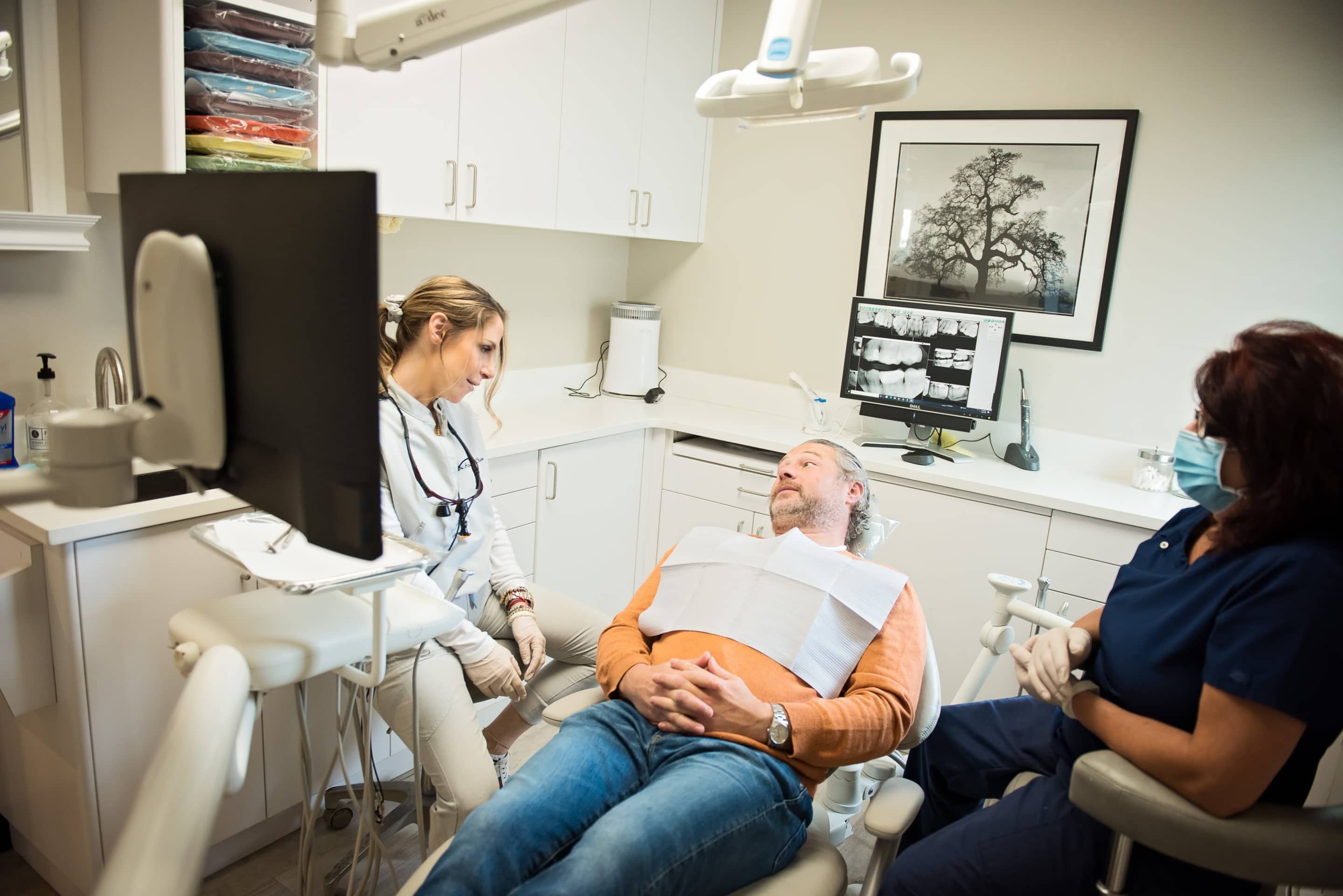Tooth Extractions Near Queens and Long Island, NY
Call
Text
When necessary, tooth extraction is performed to prevent damaged or decaying teeth from causing further problems in the mouth and is often performed alongside restorative dental procedures to keep your smile complete.
Why Do You Need Teeth Removed?
Tooth removal happens for two major reasons: when a tooth is broken or decayed below the gum line, or when wisdom teeth need to be removed.
Wisdom Teeth Extractions
The last teeth to come in, or erupt, are the wisdom teeth: two pairs of extra molars in the back of the mouth. Many times these teeth are impacted, meaning there’s something wrong with the way they’re coming in, whether they are erupting at an angle or are not coming out of the jawbone. When this occurs, extraction is necessary to resolve tooth and jaw pain and to prevent damage to other teeth.
Besides removing the teeth, wisdom tooth dental procedures usually do not require any further treatment, and wisdom teeth do not need to be replaced with dental implants.
Damaged or Decayed Teeth Extractions
When teeth become decayed or are broken below the gum line, extraction may be the best dental treatment to correct and protect your teeth. Dr. Koster will only use tooth extraction procedures as a last resort when treatments such as root canal or dental crowns are not sufficient techniques. This is because removing a tooth causes the teeth next to it to shift inward and can cause abnormalities in the jawbone.
Tooth extraction is almost always paired with dental implants or other restorative dental procedures to prevent complications from arising with a gap in your teeth and to restore your natural smile.
Ready to begin your journey to a healthy smile?

What is the Tooth Extraction Process?
Tooth extractions at Locust Valley Dentistry may be performed under local or general anesthesia depending on the type of extraction needed. In wisdom tooth removal, patients are put to sleep for the surgical removal of the teeth. When the tooth is already visible, usually only a local anesthetic is needed to help you feel comfortable.
Visible Tooth Removal
Teeth that are fully erupted and accessible to Dr. Koster can be removed with local anesthetic and a simple process. First, the tooth is lifted using a tool called an elevator, then gently wiggled out with forceps.
Depending on your personalized dental treatment plan, this process may be followed immediately with a dental implant or other restorative devices if possible, or an appointment can be scheduled for a later date.
Patients can leave immediately after the extraction if no general anesthesia is used, and may need to rest for the next 24 hours before returning to normal activity.
Surgical Tooth Removal
A more involved and invasive procedure, surgical tooth removal is used most often for wisdom teeth extraction. Patients are put to sleep using general and/or intravenous sedation, incisions are made through which the impacted teeth are removed. These are closed with stitches that may need to be removed after several days.
Surgical tooth extraction patients will need a caregiver to drive them home after the procedure, as the anesthesia will likely not have completely worn off.
Are There Any Risks Involved?
The risks of tooth extraction are low and are offset by the benefits of the procedure. Risks can include bleeding, dry socket, swelling, and pain. Because surgical extraction is more extensive, risks are greater, but both procedures are safe when performed by a qualified, experienced dentist like Dr. Adrianne Koster.

What is the Recovery Process Like?
Recovery from a non-surgical tooth extraction usually doesn’t take longer than a day. Any swelling, pain, or other side effects can be mitigated by over-the-counter medication, or Dr. Koster may prescribe pain medicine in certain situations.
Surgical tooth removal takes considerably more time to recover. Dr. Koster typically prescribes medication regimens to help manage pain.
Patients recovering from tooth extractions will need to treat their mouths very gently following the procedure for as long as Dr. Koster tells them. This usually means avoiding using straws, going on a liquid or soft food diet, resting, and rinsing with saltwater on a prescribed schedule.
Tooth Extraction FAQs
Can I get my teeth pulled and dentures in the same day?
Do I keep gauze in overnight after tooth extraction?
How do you eat after a tooth extraction?
How long do you have to use salt water after tooth extraction?
Can I brush my teeth with toothpaste after tooth extraction?
Do I need time off work after tooth extraction?
How do you sleep after a tooth extraction?
Are you awake during tooth extraction?
How do you get a tooth out painless and fast?
What does blood clot after tooth extraction look like?
What happens after tooth extraction?
What happens if you have a tooth pulled and dont replace it?
Can a dentist pull an infected tooth?
Can I drink cold water after tooth extraction?
Can you see the blood clot after tooth extraction?
Can you shower after tooth extraction?
Do dentists prescribe painkillers for tooth extraction?
Do I sleep with gauze after tooth extraction?
How long do I keep gauze on tooth extraction?
Nervous About Visiting the Dentist?
The dentists and hygienists at Locust Valley Dentists are known for being gentle, warm, and friendly. We offer our patients eyewear, headphones, soothing music, aromatherapy, and blankets to decrease anxiety during treatment. This will be the most relaxing and comfortable dental experience of your life.
Location
- Convenient office hours to fit the busiest schedules
Philosophy
- There’s never any stress or judgment here
Office
- Our modern, calm, and relaxing office is one of a kind
Education
- Learn how dental exams can improve your health
No Insurance? No problem.
Even if you don’t have dental insurance, you can still get the healthy smile you’ve always wanted! At Locust Valley Dentists, we work with our patients and offer a variety of financing options. Wondering how much your dental exam and cleaning will cost? We’re here to answer all of your questions.
Insurance & Financing
For your exam, our office is able to work with many PPO insurance providers.
Our friendly front office team will help you file your claim and maximize your insurance benefits. If you don’t see your provider listed or if you have questions about payment options, contact our office to learn more.
Our Office





